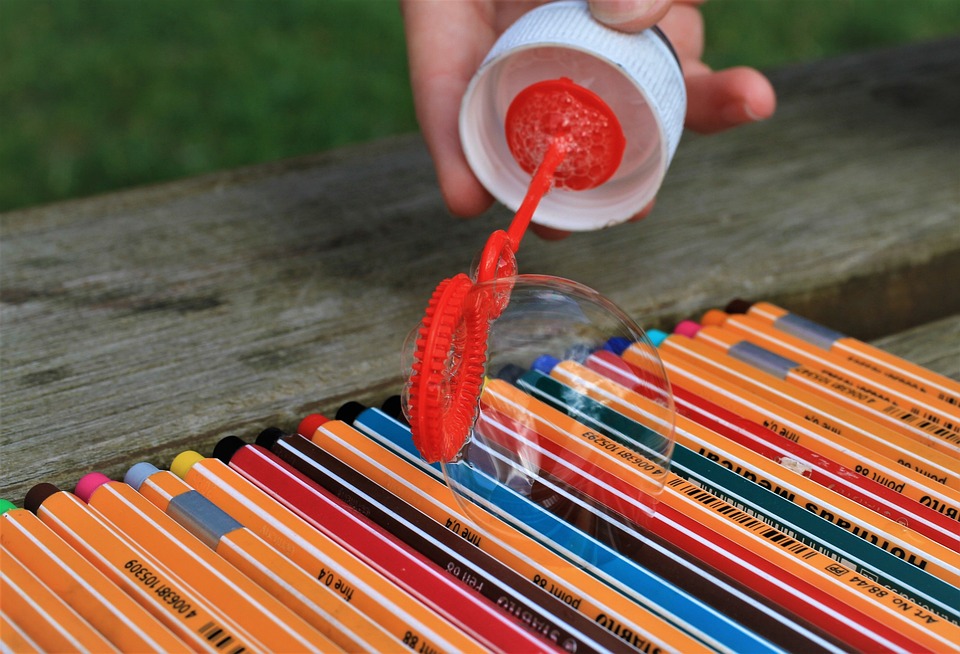
As margins get tighter and the cost of manufacturing climbs, industries are looking for ways to be more economical. A big focus is on the compressed air system. Compressed air is considered to be the “fourth utility” behind gas, water, and electricity. Air compressors are necessary to run pneumatic systems, but they are the least efficient of the utilities. For every $1.00 that is put into making compressed air, you only get roughly 5¢ of work from it. So, it is very important to use this utility as efficiently as possible.
One of the biggest problems affecting compressed air systems is leaks. That quiet sound coming from the pipelines is costing your company a lot of money. A study was conducted by a university to determine the percentage of air leaks in a typical manufacturing plant. In a poorly maintained system, they found that 30% of the compressor’s capacity is lost through air leaks on average. Just to let you know, the majority of companies do not have a leak prevention program, so they will fall into the “poorly maintained” category. The chart below shows the amount of money that can be wasted by the size of the hole for larger leaks. Unlike a hydraulic system, compressed air is clean, so leaks will not be visible at the source. You have to find them by other means. There are four main methods to test your system for leaks.
Ultrasonic Leak Detector: When you have small air leaks, the turbulent flow will emit an ultrasonic sound. This method is the most direct way to find leaks in your system. With the EXAIR Ultrasonic Leak Detector, it can pick up these high frequencies in the range of 20 kHz to 100 kHz, above human hearing. This device makes the inaudible leaks audible. Some other features of the model 9207 are a sensitivity adjustment button, a signal strength display, and a headphone volume button. It has two attachments; the parabola attachment to locate leaks up to 20 feet (6.1 meters) away, and the tube attachment to define the exact location of the leaks.
Digital Flowmeters: With Digital Flowmeters, you can continuously watch for waste. Air leaks can occur at any time within any section of your pneumatic system. You can do systematic checks by isolating sections with the Digital Flowmeter and watching for a flow reading. Another way to monitor your system would be to compare the results over time. With the Digital Flowmeters, we have a couple of options for recording the air flow data. We have a USB Datalogger for setting certain time increments to record the air flows. Once the information is recorded, you can connect the USB to your computer, and with the downloadable software, you can view the information and export it into an Excel spreadsheet. Once the information starts trending upward for the same process, you can focus your attention on finding the leak. It can also serve as a preventive measure if a pneumatic system is starting to fail.
Pressure difference: There are some equations that can be helpful in determining how severe the leaks are in the system. One method would be to look at a pressure gauge. For this method to work, you will have to estimate the total system volume, comprising secondary air receiver, piping, and air mains. After the compressor runs for a while to build to an operating pressure (P1). Then, you have to block the system off and measure the time. When it reaches a stopping point at pressure (P2), mark that time. Use Equation 1 to measure the leakage rate, Q in CFM. If the flow is more 10%
Equation 1:
Q = (V x (P1-P2)/T x 14.7) x 1.25
V = Volume (Ft3)
P1- Starting pressure (psig)
P2 = Ending pressure (psig)
T = Time (Minutes)
Compressor cycling time: First start by shutting off all the points of use of compressed air products so that there’s no demand on the system. Then, start the compressor and record the average time it takes for the compressor to cycle on/off. The compressor will load and unload as the air leaks, causing a pressure drop from air escaping. The percentage of total leakage can be calculated by Equation 2. The leakage rate will be given as a percentage of total compressor capacity lost. This value should be less than 10% for a well-maintained system.
Equation 2:
Leakage % = [(T) / (T + t)] * 100
Where:
T = loaded time (seconds)
t = unloaded time (seconds)
Compressed air leaks will rob you of performance, compressor life, and electrical cost. It is important to have a leak prevention program to check for leaks periodically, as they can happen at any time. I added some tips and tricks to help determine the severity of the leaks in your system. The EXAIR Digital Flowmeters and Ultrasonic Leak Detector will help you accomplish this and optimize your compressed air system. If you need more information, you can contact an Application Engineer at EXAIR. Once you find and fix all your leaks, you can then focus on improving the efficiency of your blow-off devices with EXAIR products. It will save you even more money.
John Ball
Application Engineer
Email: [email protected]
Twitter: @EXAIR_jb
Photo: Soap bubbles and pencils by Carola68. Pixabay license.











